Epoxy Resin Adhesives
Epoxy Resin Adhesives
Description
Epoxy resin adhesives are engineering adhesives formulated from epoxy resin base, hardener, diluent, accelerator and filler. As epoxy resin can bond wood, ceramics, bonding metal, glass and other materials. And epoxy resin adhesives have good bonding performance, good functionality, relatively low price, easy bonding process and other characteristics, so epoxy resin adhesives are widely used in the transport industry, electronics industry, machinery industry and other industries.
Advantages of epoxy resin adhesives
Epoxy resin contains many kinds of polar groups and very active epoxy group, thus it has strong adhesion with many kinds of polar materials such as metal, glass, cement, wood, plastic, etc., especially those with high surface activity. And at the same time the cohesive strength of epoxy curing substance is also very large, so its adhesive strength is very high.
Curing of epoxy resins is essentially free of low molecular volatiles. The volume shrinkage of the adhesive layer is small. Epoxy resin it is one of the varieties with the smallest curing shrinkage among thermosetting resins.
There are many varieties of epoxy resins, curing agents and modifiers, which can be reasonably and cleverly formulated, so that the adhesive has the required processability (such as fast curing, room temperature curing, low-temperature curing, curing in water, low-viscosity, high-viscosity, etc.), and has the required performance (such as high-temperature, low-temperature, high-strength, high-flexibility, aging-resistant, electrically conductive, magnetically conductive, thermally conductive, etc.).
Epoxy resin adhesives have good compatibility and reactivity with a variety of organic substances (monomer, resin, rubber) and inorganic substances (e.g. fillers, etc.), and are easy to copolymerisation, cross-linking, blending, filling and other modifications to improve the performance of the adhesive layer.
Good corrosion resistance and dielectric properties. Resistant to acid, alkali, salt, solvents and other media corrosion.
General-purpose epoxy resins, curing agents and additives have many origins and large yields, are easy to formulate. They can be contact-press molded and can be applied on a large scale.
Disadvantages of epoxy resin adhesives
Without toughening, the cured material is generally brittle and has poor resistance to peeling, cracking and impact.
Low adhesion to materials with low polarity (e.g. polyethylene, polypropylene, fluoroplastics, etc.). Surface activation must be carried out first.
Some raw materials such as active diluent, curing agent, etc. have different degrees of toxicity and irritation. The design of the formula should try to avoid the use of construction operations should be strengthened ventilation and protection.
Development trend of epoxy resin adhesives
Firstly, environmentally friendly adhesives have gradually become the mainstream of development, mainly reflected in the following four aspects.
From solvent-based to water-based, solvent-free transformation.
From low A emissions to zero formaldehyde emissions.
Selection of non-toxic, non-odour green raw materials, additives.
In order to reduce contact with the adhesive and easy to use, try to take a single-component packaging.
Secondly, in recent years, high-quality, high-performance, high value-added adhesives have become a new profit growth point in the adhesive market and new research hot spots, mainly in the following three directions.
The development of adhesives with multiple functional groups, a variety of functional groups, to overcome the performance defects of a single species.
The use of copolymerization, hybrid composite, grafting, crosslinking, interpenetrating networks and other new means of modern polymer materials science, the development of water-resistant, high-temperature, high-strength, flame-retardant, room-temperature curing, nanoscale, life-activated, and other new functionalized adhesives.
The development of adhesives with new curing methods, including light-curing adhesive, radiation-curing adhesive, high-frequency thermal bonding adhesive, hygroscopic curing adhesive, pressure-sensitive adhesive, hot-melt adhesive, oxygen-demanding adhesive and so on.
Thirdly, raw materials from a wide range of easy to prepare, easy to use high-performance green adhesive will become the market favorite.
For more information, please kindly contact us freely!










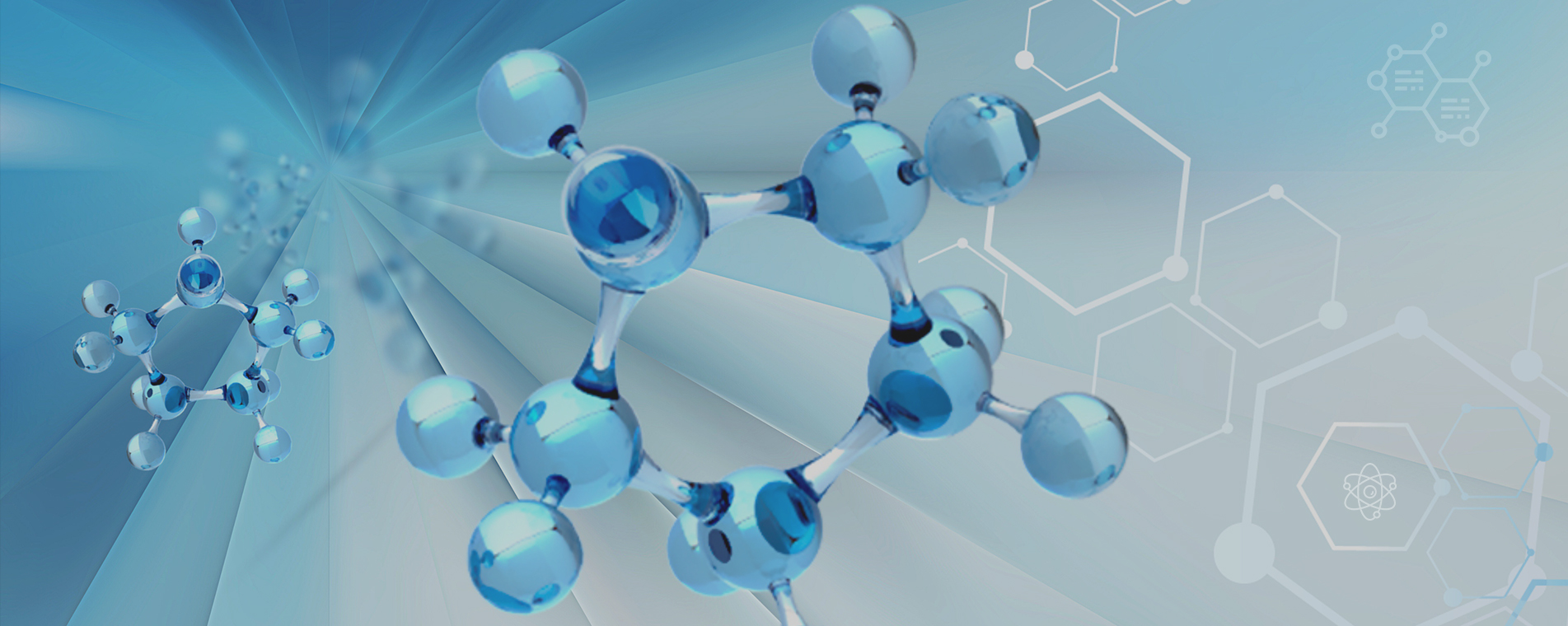

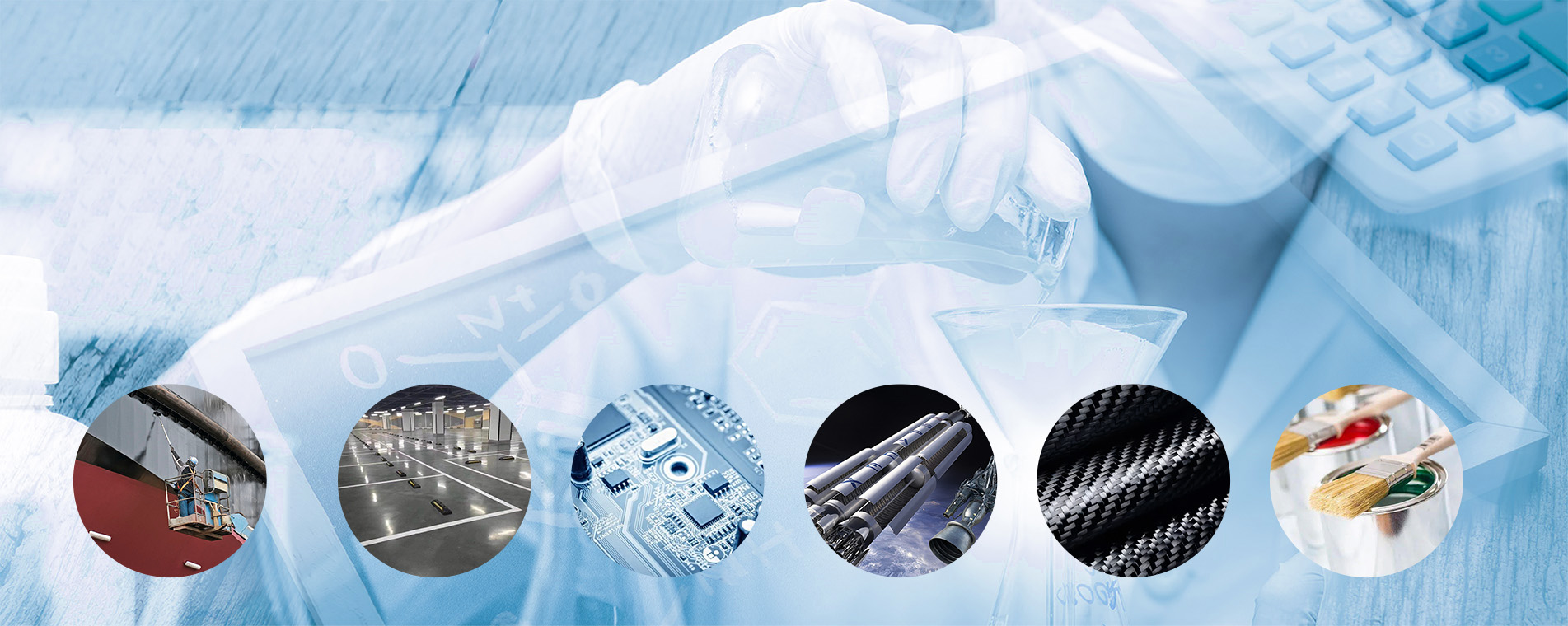





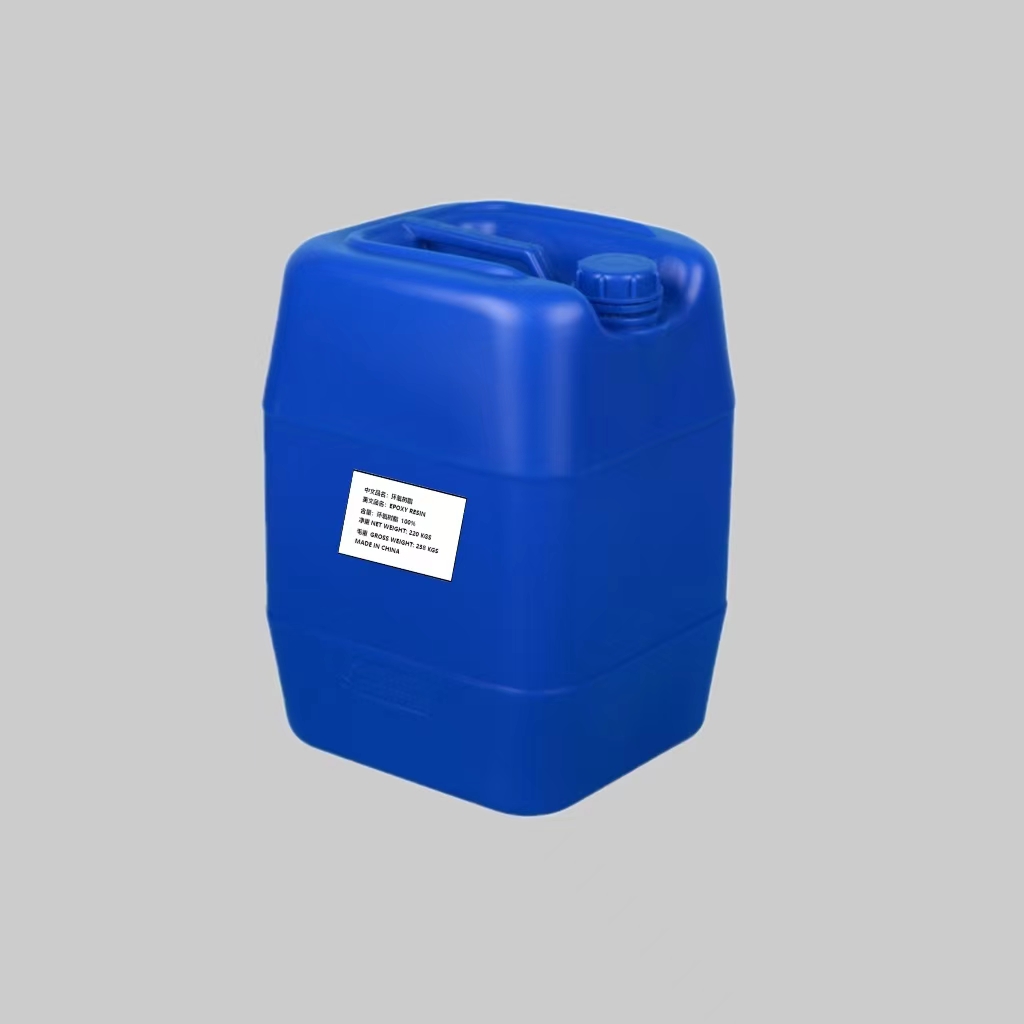
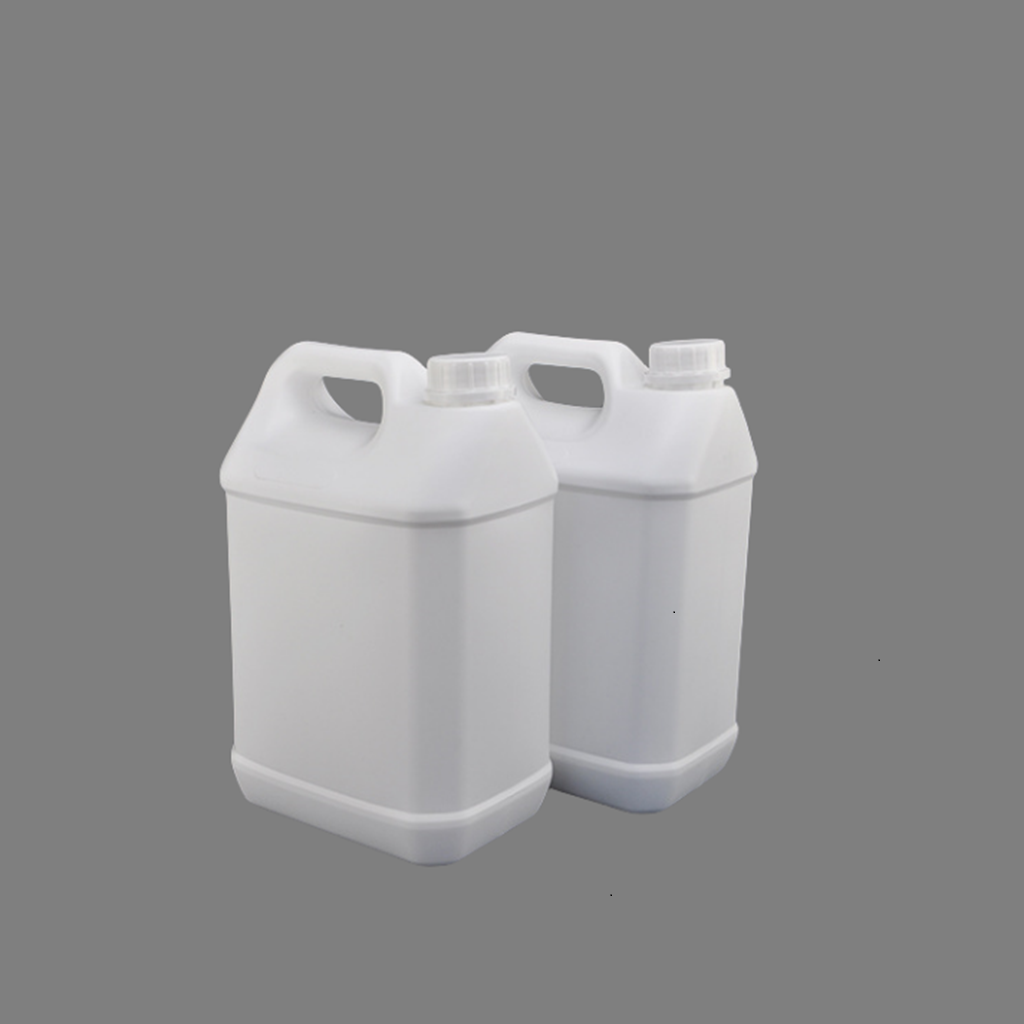
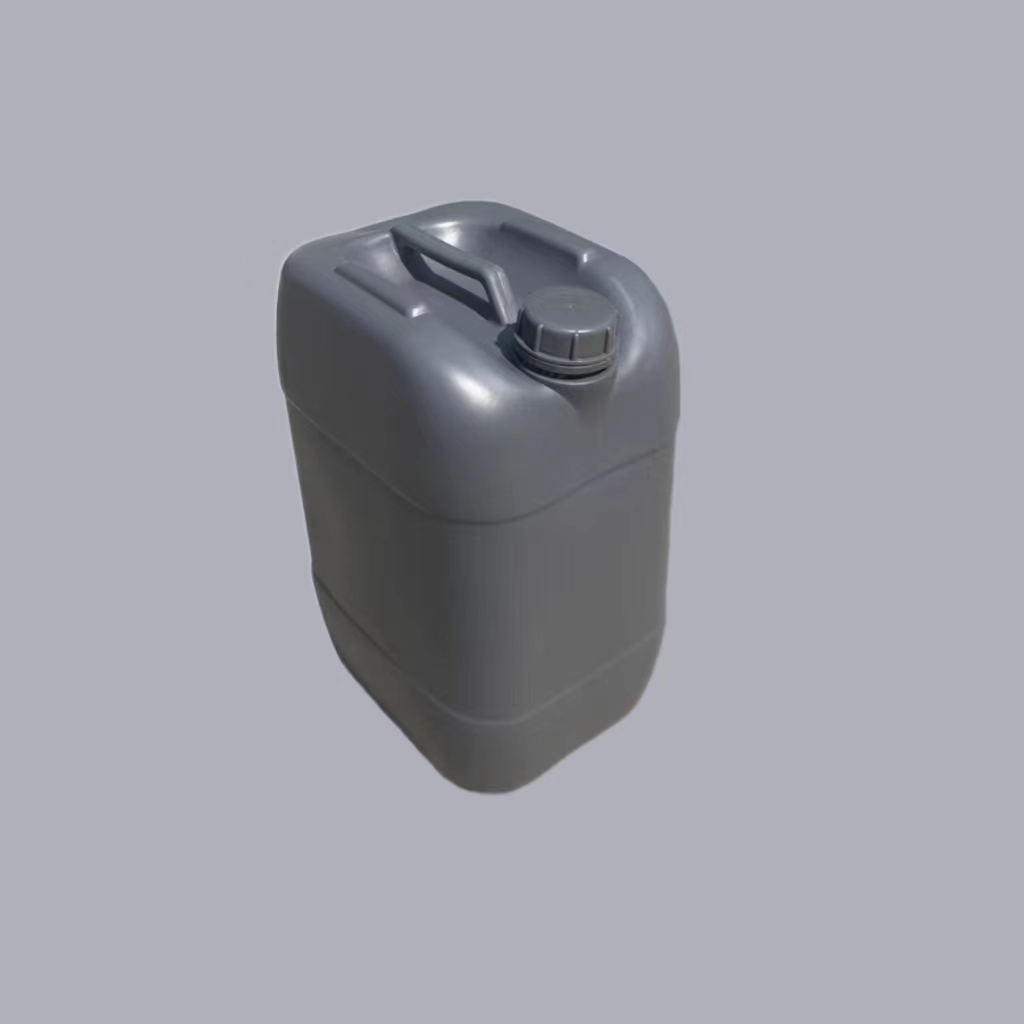
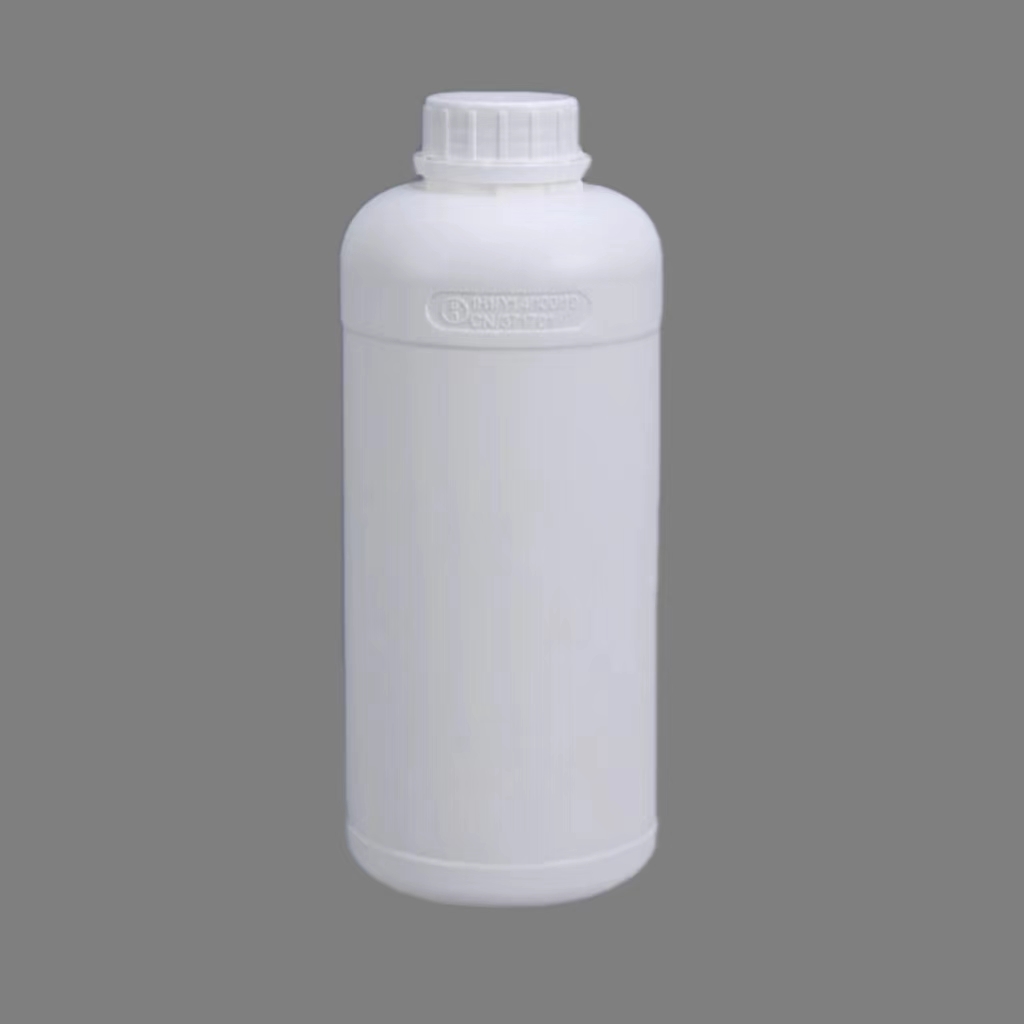

 Email Us:
Email Us: 


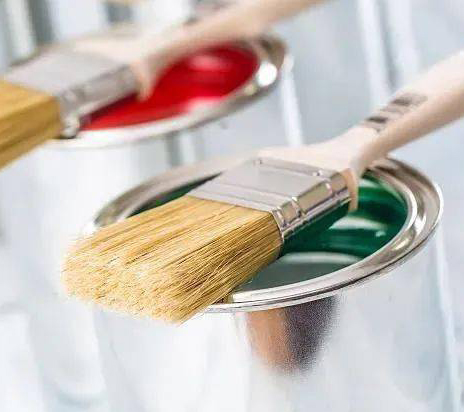
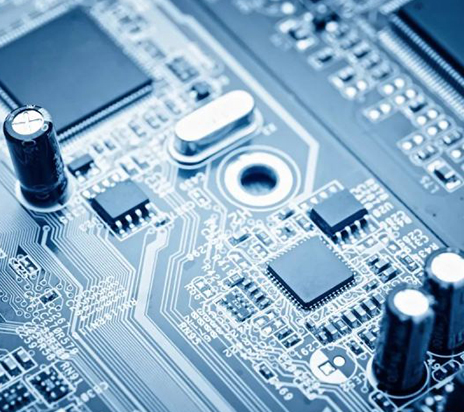
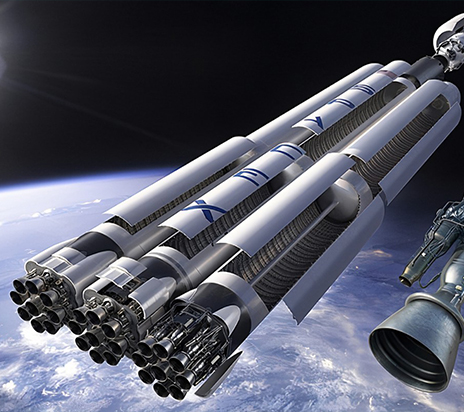
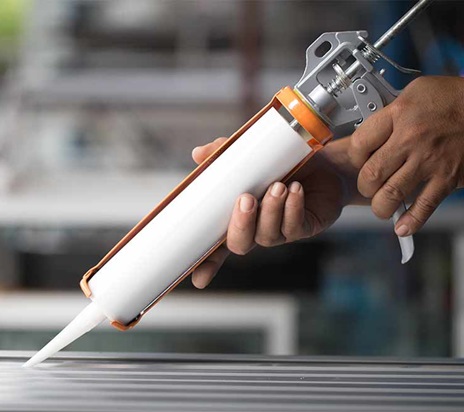
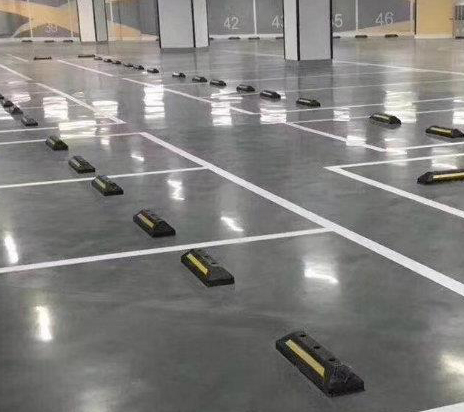
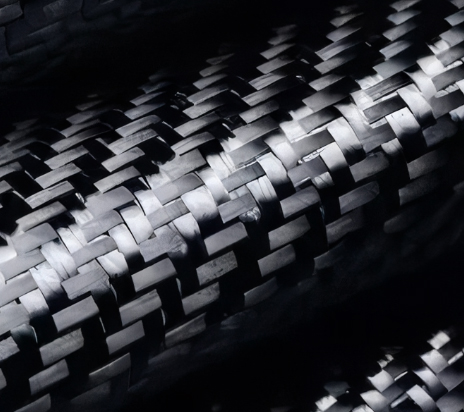
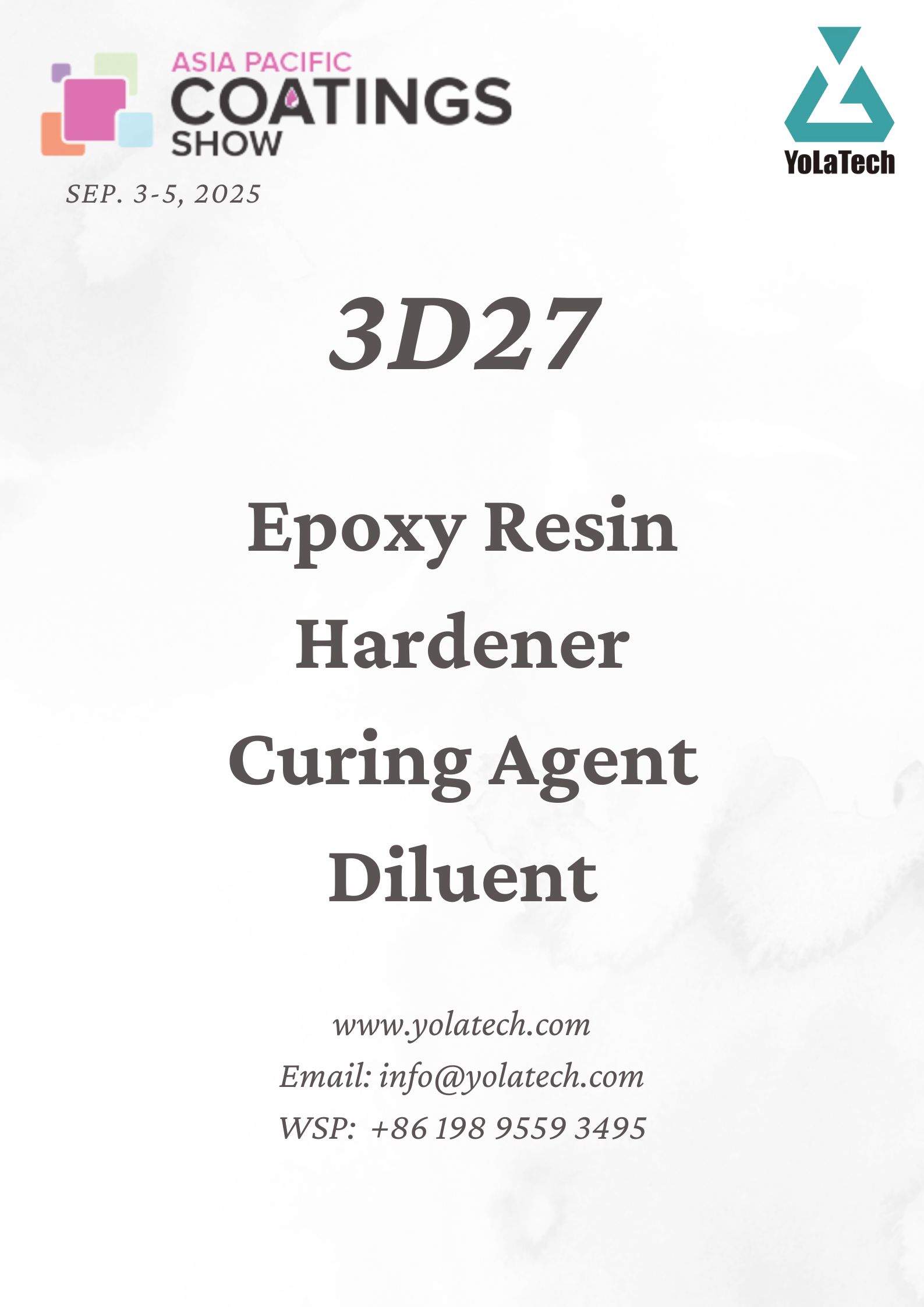
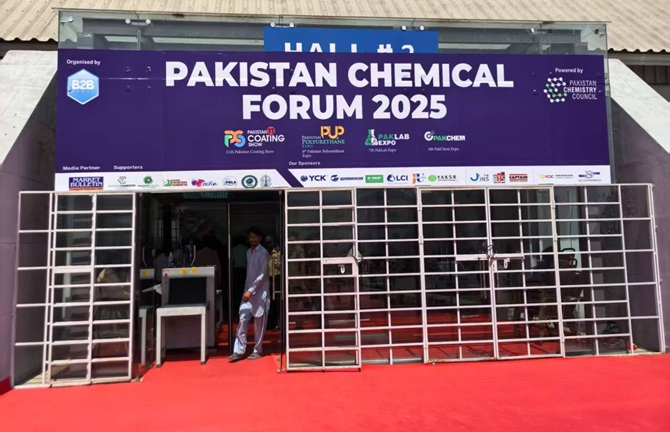

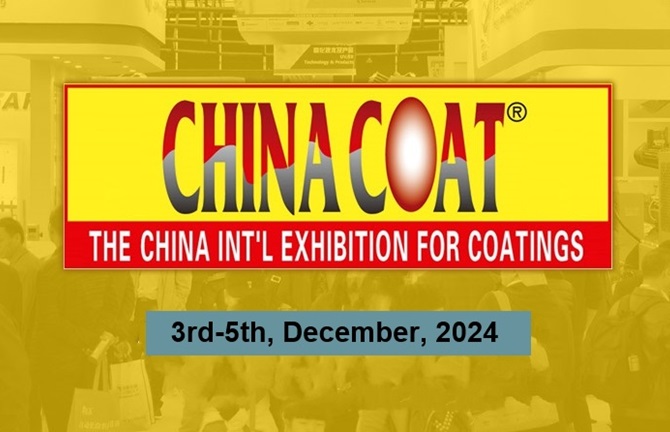

 IPv6 network supported
IPv6 network supported